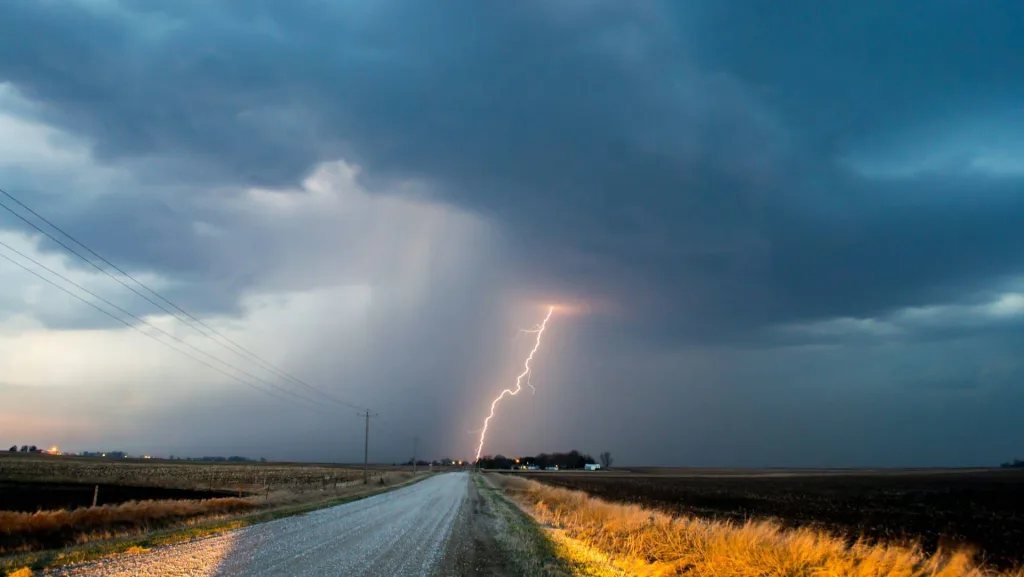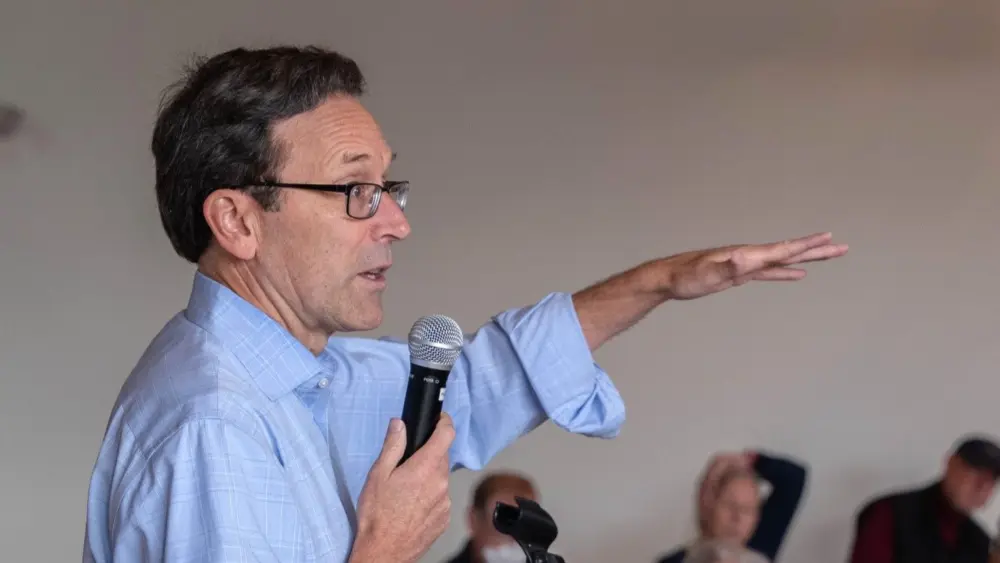OLYMPIA, WA – Hoping to create “the world’s best weather forecasting system,” U.S. Sen. Maria Cantwell, D-Wash., sent a letter to the Oval Office on Monday with her five-point plan attached.
She called it a “once-in-a-lifetime opportunity.” A shot to catch up to Europe’s weather modeling system as extreme events occur more frequently. While the United States used to track around nine extreme weather events annually, Cantwell says it’s now an average of 23, with 27 having occurred in 2024.
According to the National Oceanic and Atmospheric Administration, each event cost Americans at least $1 billion, and last year, the total hit $182.7 billion. Cantwell cited a recent study that put the number at $1.5 trillion over the next decade, and called the cost of her plan “minuscule” in comparison.
“We have a once-in-a-lifetime opportunity to create the world’s best weather forecasting system that would provide Americans with much more detailed and customized alerts days – instead of minutes – ahead of a looming extreme weather event,” Cantwell wrote to President Donald Trump.
Meanwhile, Trump recently proposed cutting NOAA spending by $2.2 billion, a 27% reduction.
Democrats argue that doing so would result in dramatic consequences for the National Weather Service, as the Department of Government Efficiency has already significantly reduced staffing.
NWS would receive a slight funding boost under the president’s budget proposal, but some say it will do little to offset mounting vacancies amid Trump’s current hiring freeze through October.
A few media outlets and Congressional Democrats suggested the Trump administration should bear some of the blame after more than 100 people recently died in massive flooding in Texas.
The Guadeloupe River rose over 26 feet in under an hour as most people were asleep in bed.
NWS issued warnings days in advance, but dozens of adults and children still didn’t evacuate.
“There is strong support for making the generational investments necessary to become a weather-ready nation that will empower Americans to get out of harm’s way,” Cantwell wrote.
Her five-point plan includes modernizing data collection, investing in supercomputing, bolstering NOAA’s research funding, expanding broadcast alert systems and passing bipartisan legislation.
Cantwell said NOAA needs more data and recommended upgrading the nation’s Doppler radar network, which dates back to the 1980s. Replacing Hurricane Hunter aircraft with C-130s, and expanding weather satellite and ocean-observing systems could also help collect more data.
Supercomputing could help the NOAA compete with the European Centre for Medium-Range Weather Forecasts, which often outperforms domestic forecasts. Pairing that with additional research, which only accounts for about 10% of NOAA’s budget, could increase that impact.
Upgrading broadcast alert systems and expanding that network to rural areas could save lives.
The last step in Cantwell’s plan includes passing the Weather Act Reauthorization Act of 2024.
She and U.S. Sen. Ted Cruz, R-Texas, introduced the bill last year to do much of what her letter proposes.
“Now is the time to take the tough lessons learned in the wake of the recent natural disasters and human tragedies in places like Texas,” Cantwell wrote, “and create the world’s best weather prediction system. We must meet the moment or the situation is only going to get worse.”





